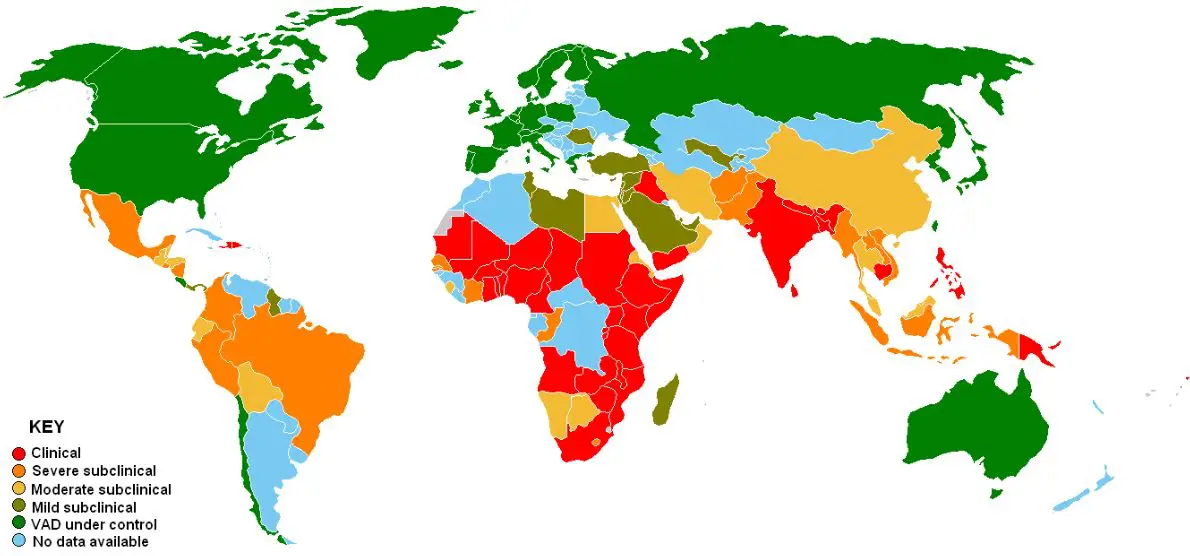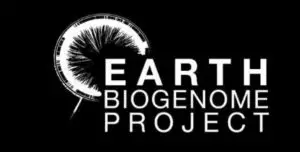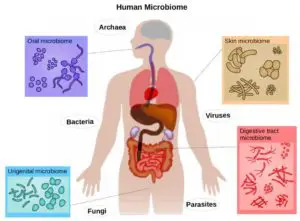 Map – Prevalence of vitamin A deficiency (1995 Data)
Map – Prevalence of vitamin A deficiency (1995 Data)
Golden Rice to counter Vitamin A deficiency | UPSC – IAS
Golden rice is a variety of rice (Oryza sativa) produced through genetic engineering to biosynthesize beta-carotene, a precursor of vitamin A, in the edible parts of rice. It is intended to produce a fortified food to be grown and consumed in areas with a shortage of dietary vitamin A.
Golden rice is the collective name of rice varieties that are genetically modified to counter vitamin A deficiency in developing countries.
- European scientists developed the first strain of Golden Rice towards the end of the 1990s.
- Research has indicated that one cup of Golden Rice can provide up to 50 per cent of the daily requirement of an adult for vitamin A.
- The Golden Rice can be grown just the same way we grow normal rice. There is no change in cost of cultivation.
- It reduces water use by up to 30 per cent without any yield loss.
- It should not be stored for more than three months. It may lose its nutrients after that.
Golden Rice and Provitamin A
Golden rice differs from standard rice in that it contains extra genes one from maize and one from bacterial origin together responsible for the production of provitamin A (beta-carotene) in the rice grain.
- Provitamin A colors the grains yellow-orange, hence the name ‘Golden Rice’.
- Once absorbed into the body, provitamin A is converted into vitamin A.
- Provitamin A is found in many fruits and vegetables; it is also what makes carrots orange, for example.
Vitamin A deficiency | UPSC – IAS
- Vitamin A deficiency generally occurs due to an imbalanced diet including limited access to fresh fruit, vegetables and animal products.
- Persistent deficiency in this vital nutrient can result in blindness, illness and even death.
- Vitamin A deficiency also compromises the immune system, which means children die from common diseases including diarrhea, respiratory tract infections and measles.



